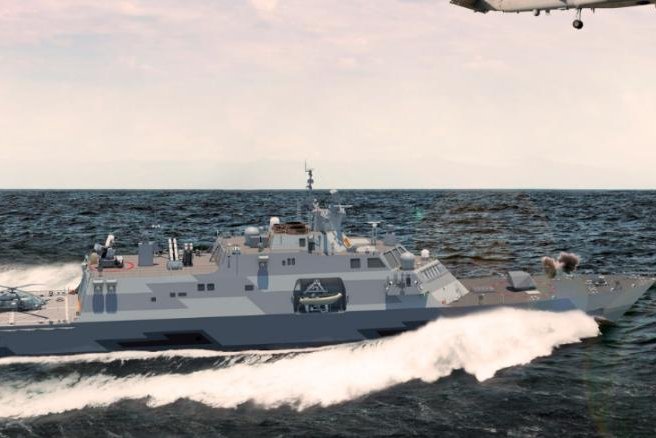Jura The idiot
General
Feb 13, 2018
Navy, Lawmakers Debate How to Best Leverage, Protect Shipbuilding Industry
:
now inside"...
Perhaps most distressing of all is that even with the Navy’s current plan to continue buying two Virginia-class attack boats per year — even during years when they buy the Columbia-class ballistic missile subs — the fleet of attack boats will still see a precipitous decline in numbers to 42 boats, down from a projected 52 in 2019.
The fleet’s requirement is 66 attack boats, a number the shipbuilding plan doesn’t hit until 2048."
etc.:
US Navy to add 46 ships in five years, but 355 ships won’t come for a long time
Navy, Lawmakers Debate How to Best Leverage, Protect Shipbuilding Industry
:
Attack Submarines
Courtney, whose district includes the General Dynamics Electric Boat yard that builds submarines, said in his opening statement that, among the missed opportunities to take advantage of industrial base capacity to help reach 355 ships faster, “one glaring example of this opportunity is in the undersea fleet. While the budget reflects a sustained two-a-year construction rate for Virginia-class submarines, at this rate the force would not achieve the 66-boat [requirement] until 2048 – 30 years from now. The 30-year shipbuilding plan identifies specific opportunities in 2022 and 2023 where there is industrial base capacity for a third submarine in each of those years, within the next five-year block contract being negotiated between the Navy and industry.”
The Navy made a massive request for 2019 spending on the Virginia-class program, but much of the funding was to help kick off the new block contract. The request buys two SSNs for $4.373 billion, as well as allots $1.8 billion for advance procurement and $985 million for economic order quantity spending to help achieve cost savings throughout the entirety of this new block contract, the Navy told USNI News. The Navy could not discuss per-hull cost estimates for the Block V contract, which will introduce the Virginia Payload Module to the SSN design, due to ongoing contract negotiations with the submarine builders. However, the service said the $4.373 billion figure represents “an educated cost assessment based on the [Virginia-class submarine] Block IV costs currently, and all estimates provided by the shipbuilders to add the [Virginia Payload Module] section into the boat. The actual cost will be close to the estimated cost, however contract negotiations are required to firmly define the cost of both FY19-1 and FY19-2 hulls,” according to a statement provided to USNI News.
The Navy originally planned for the Block V contract to cover 10 ships, like the five-year 10-boat Block IV contract, but lawmakers put into the FY 2018 National Defense Authorization Act that the contract allows the purchase of up to 13 boats.
Courtney said during the hearing that “Congress has already demonstrated it strong support for expanding the attack submarine production line. Specifically, we provided the authority needed to go beyond two submarines a year in the next five-year block contract. I urge the Navy to take advantage of this opportunity and others like it that provide finite opportunity in the years ahead to add to the plan presented to us here today.

/arc-anglerfish-arc2-prod-mco.s3.amazonaws.com/public/PCIKWYF4HZGV3LH3MI7TRE7CUI.jpg)
